Is the bike industry phasing out mechanical shifting, and does it matter?
Mechanical shifting seems to be going the way of the rim brake - but would that be a loss?
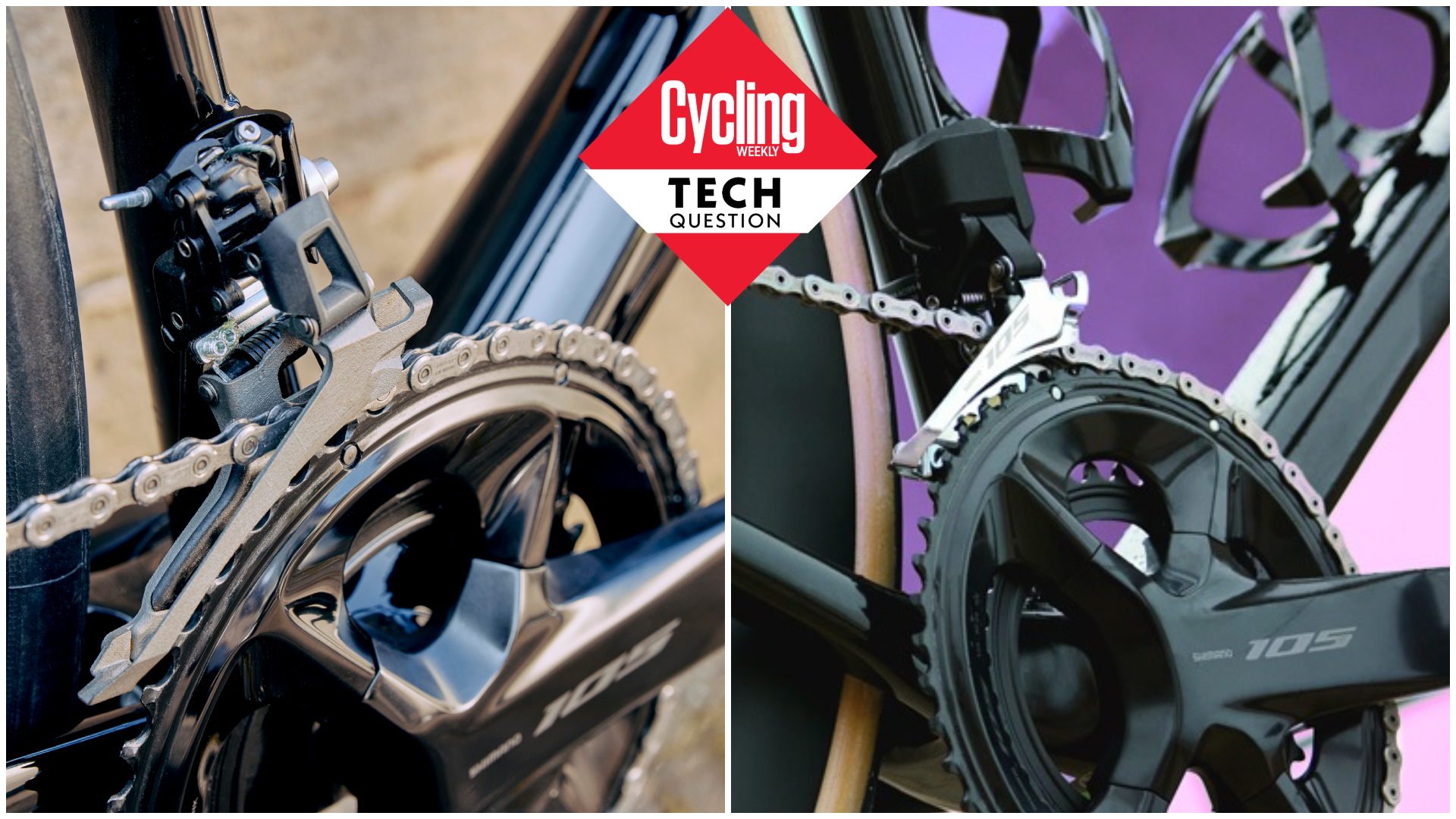

As a cyclist, there are so many different camps you can place yourself in, causes to carry the flag for - and hills you can choose to (metaphorically) die on. Will you take up the rim brake cause, or align yourself with hegemonic disc brakes? Do you feel that only steel is real, or is carbon king for you? Lightweight vs aero? Cup-and-cone or sealed cartridge? 1x vs 2x?
Each of these debates holds its own particular balance between considerations of performance and practicality, as well as aesthetics and nostalgia. So where, exactly, does the debate between mechanical and electronic shifting sit?
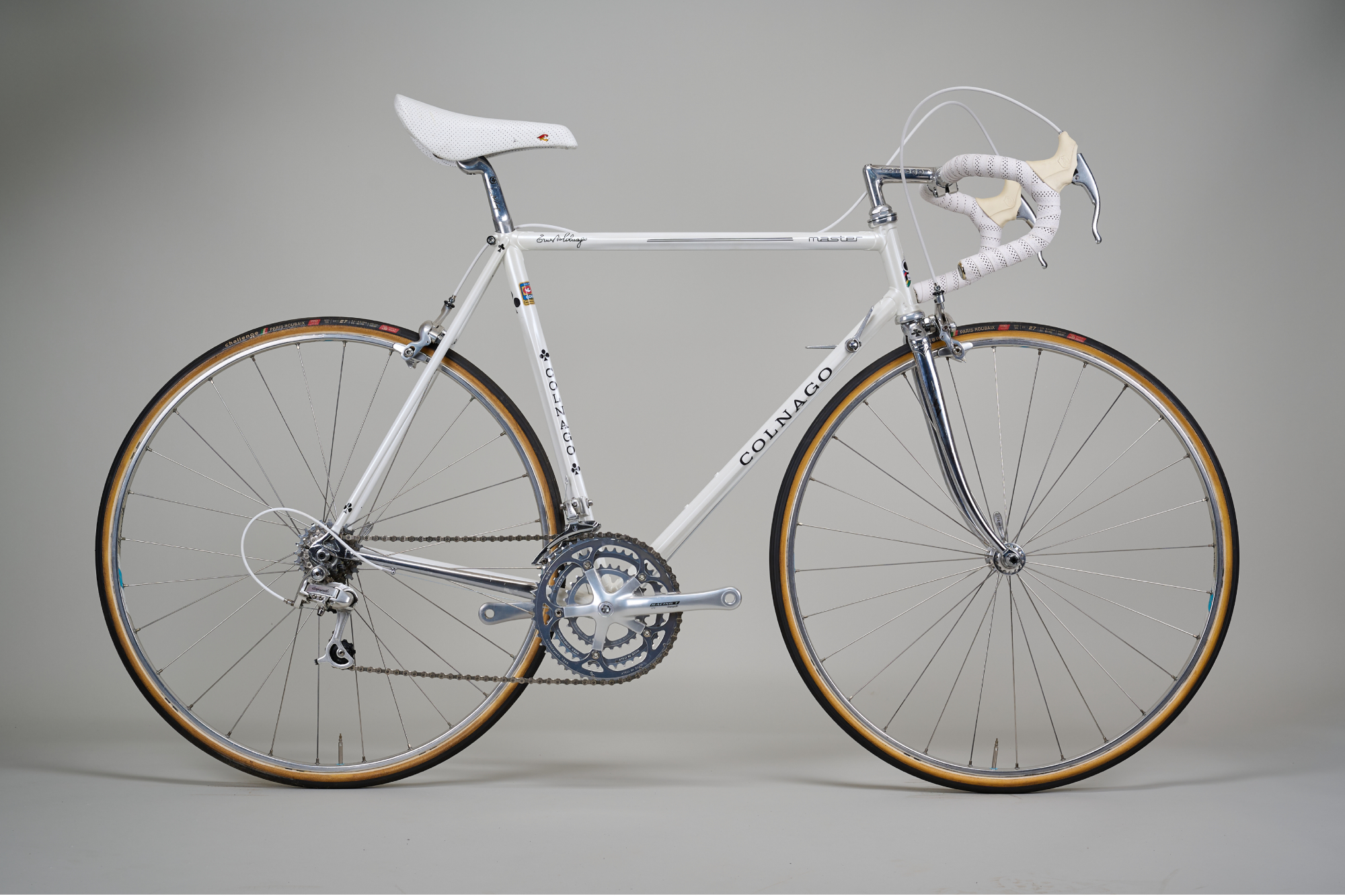
Is it akin to that of downtube vs STI shifters? I.e. a niche pursuit for those obsessed with bombproof reliability, and/or connoisseurs of classic bikes. Or is this more of a live debate, such as 1x vs 2x - where careful consideration of the use case is required to flesh out which tech choice is most optimal (though naturally there will always be some absolutists!)
Well, I'll start off by setting out the generally held pros and cons of electronic vs mechanical, and then put some testing questions to Shimano regarding the brand’s current position on the matter.
This an interesting inflection point, with mechanical 105 having just been released - yet mechanical shifting having been dropped from Ultegra and Dura-Ace. If you want to get straight into the questions, you can jump to them with this link. If you’re up for the foundations, that’s just next.
Why choose mechanical or electronics?
Let’s start with the positives of electronic shifting, because - despite my enduring fondness for mechanical - there are most definitely features and situations in which electronic shifting is superior to mechanical.
Pros of electronic shifting
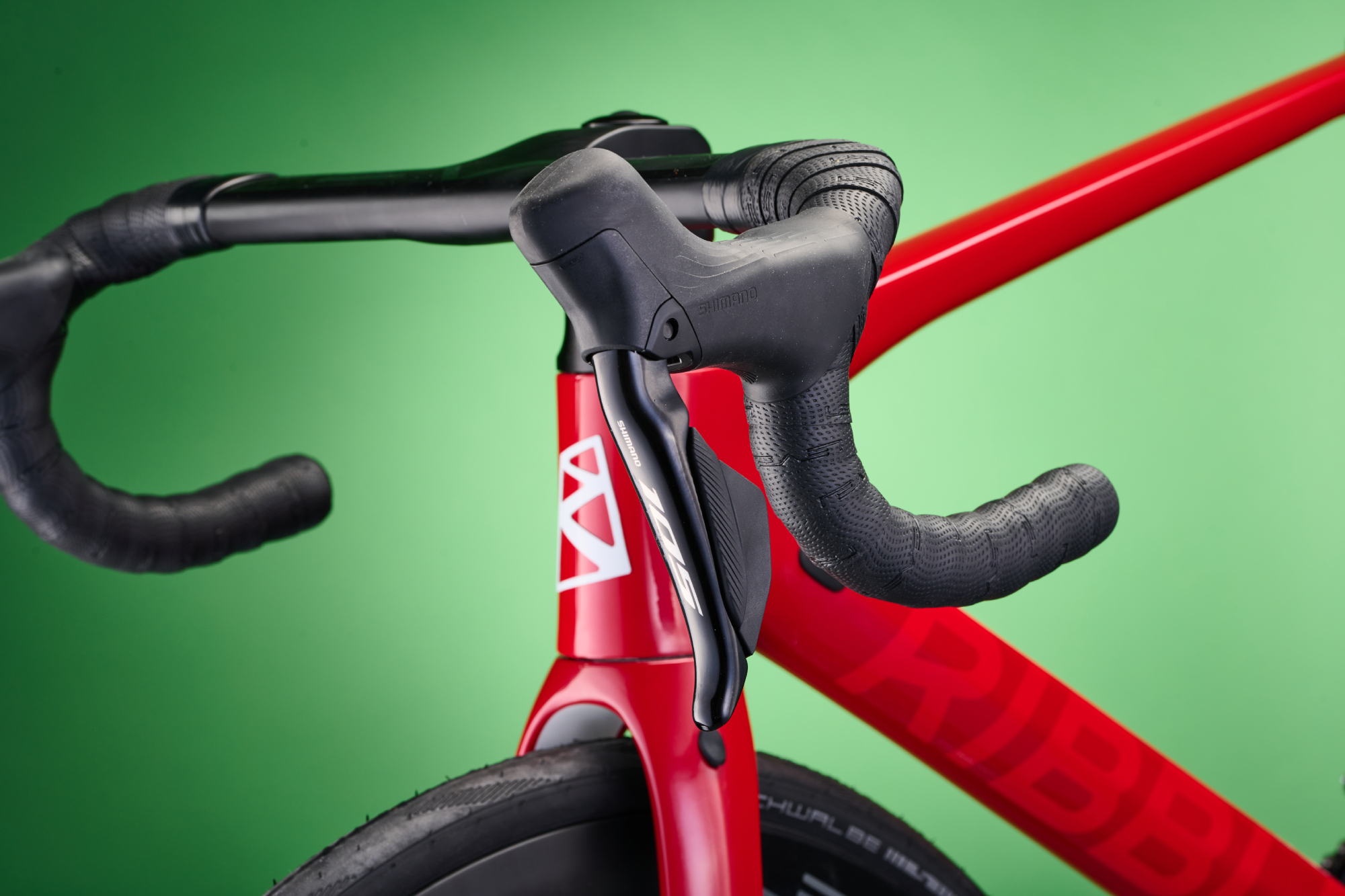
1. Easier cable routing
This is a particularly relevant point, given that the overwhelming majority of bikes have some form of internal cable routing. The fact that so many of the new bikes that are released feature some form of integrated cockpit only serves to hammer this point home.
Threading fresh cable housing through all those twists and turns when servicing a mechanical groupset is a faff - to say the very least. With electronic shifting, that pain only has to be endured once. Plus the proliferation of wireless shifting removes the hassle from even the initial setup.
2. Easier maintenance
I’ll give this one to electronic gears as well. Although there is something to be said for the functional simplicity of a mechanical system, it is nice not ever having to even consider replacing the gear cable housing. For who amongst us hasn’t put up with sticky shifting for too long before getting round to actually changing the cables?
Not having to make that call means more time enjoying crisp and quick shifts. Plus any issues regarding substandard shifts are easier to diagnose without sticky cables being a possibility - either the indexing is out or the mech hanger is bent. Nice and straightforward.
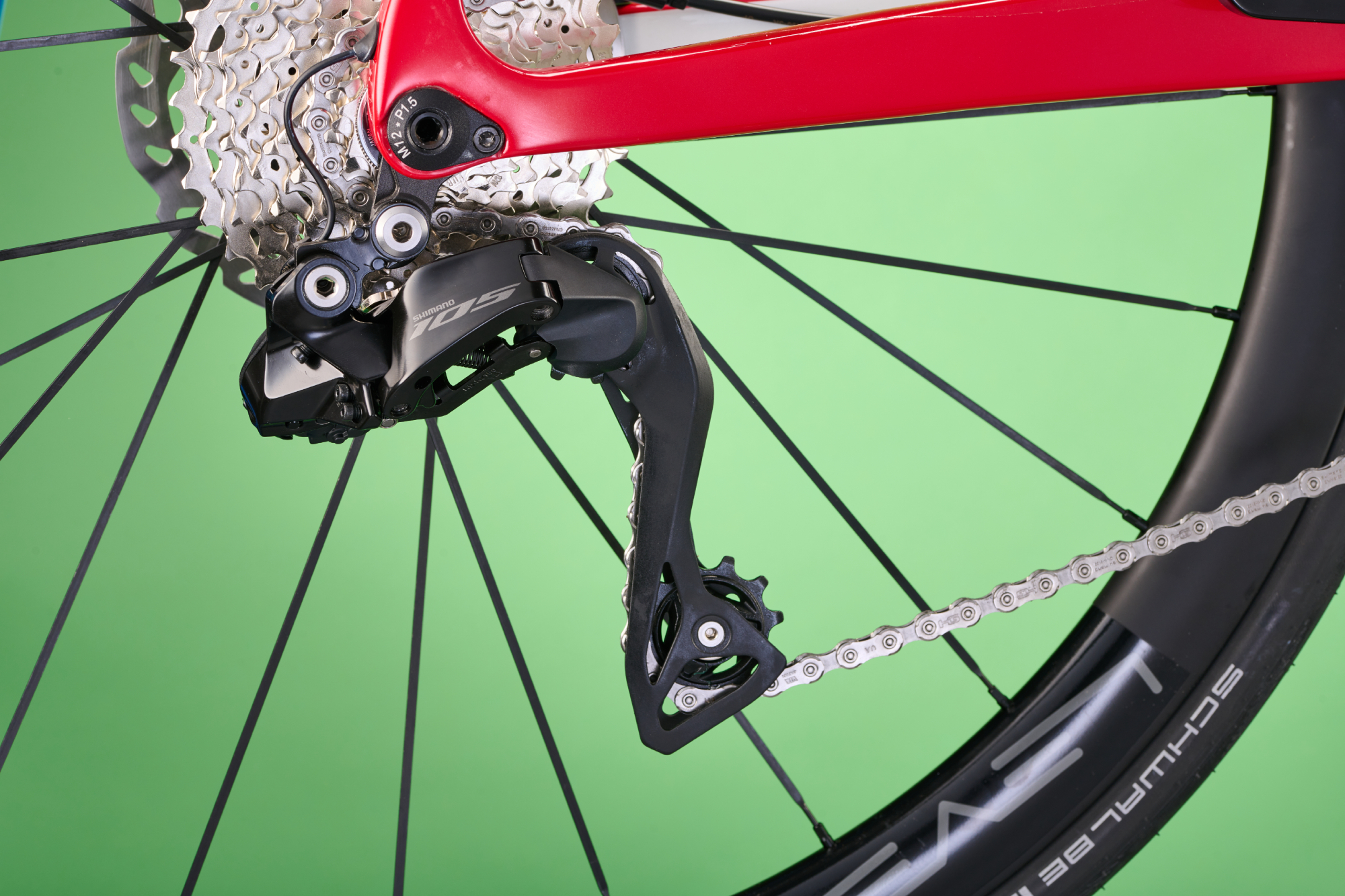
3. Extra shifters
This is a pretty binary benefit: either it’s an ironclad reason why you would never use mechanical, or it’s something you’ve never really bothered to explore. Still, for those who do make use of satellite shifters - which can be mounted in various positions under bar tape to allow you to shift with your hands in a different position - the benefits are enormous. Being able to shift from the comfort of your aerobars - as well as the lever hoods - makes a huge difference to long distance comfort and efficiency.
4. Better shifts
I think that mechanical shifting can be unfairly maligned regarding the speed and accuracy of its shifts - often it’s a tired old groupset in long need of a service which is being compared to electronic. When comparing a well-setup mechanical shift against electronic, the difference is much closer. Admittedly, this speaks to point number two, that service intervals for mechanical shifting can be neglected.
Either way, putting the ‘accuracy’ of the shifts to one side, electronic gears make the action when shifting chainrings significantly lighter than mechanical and you don’t have to depress the levers so far. Even the best setup mechanical shifting can’t compete with that.
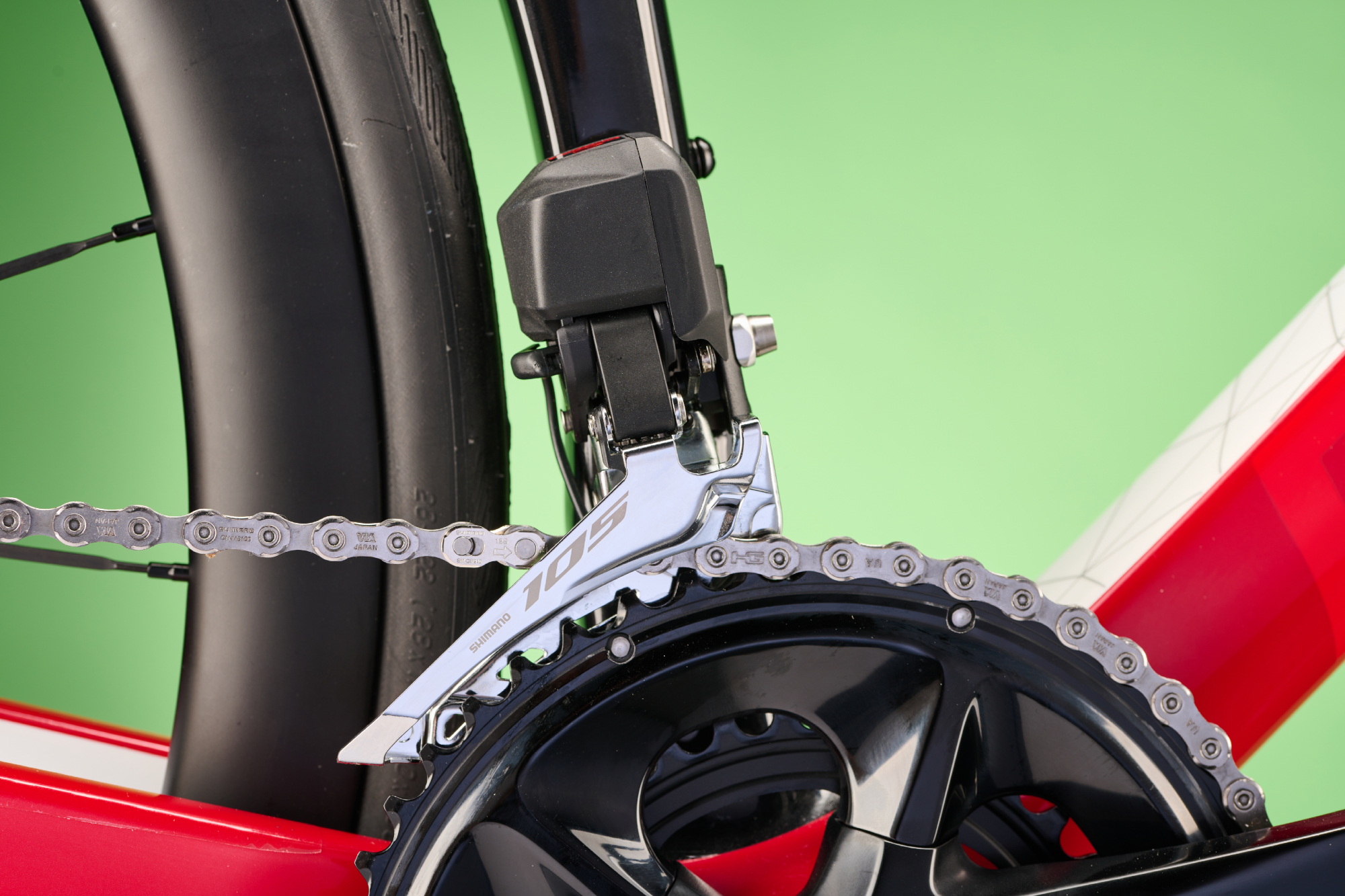
5. More data
This, like the extra shifters, is perhaps also a fairly niche benefit, but it is still a benefit none-the-less. It can be quite fun to see exactly which gear combination you’re in right on the head unit - and post-ride analysis of which sprockets you spent most time in can be a useful guide to what cassette and chainrings you’d most benefit from.
This is probably not a ‘core’ reason to opt for electronic, but it is something that is offered over mechanical.
Pros of mechanical shifting
Yet still, despite these many benefits, there are also some intractable issues which are an unavoidable result of relying on batteries and motors to make your shifts.
1. No need to charge
When sitting in a comfortable chair in a warm room, it can be easy to discount this as an issue. But there is an awful lot to be said for not having yet another device to charge. In most cases, it is always possible to make things work with electronic gears - even when riding is very remote places. But the point boils down to whether that mental load is really worth the benefit.
If you’re not using satellite shifters and if your bike doesn’t have a particularly difficult cable routing system (and if you’re not the biggest data geek!), then whether or not electronic shifting is really worth the hassle becomes a more pertinent question.
With there being so many other devices which do have to be charged (front bike light, rear light, cycling computer, potentially power meter, phone, smartwatch…) if there’s the potential not to add another, then it seems amiss not to take it! Put another way, adding the requirement to charge your groupset is a bit like adding another link in the chain of ways it’s possible for things to go wrong.
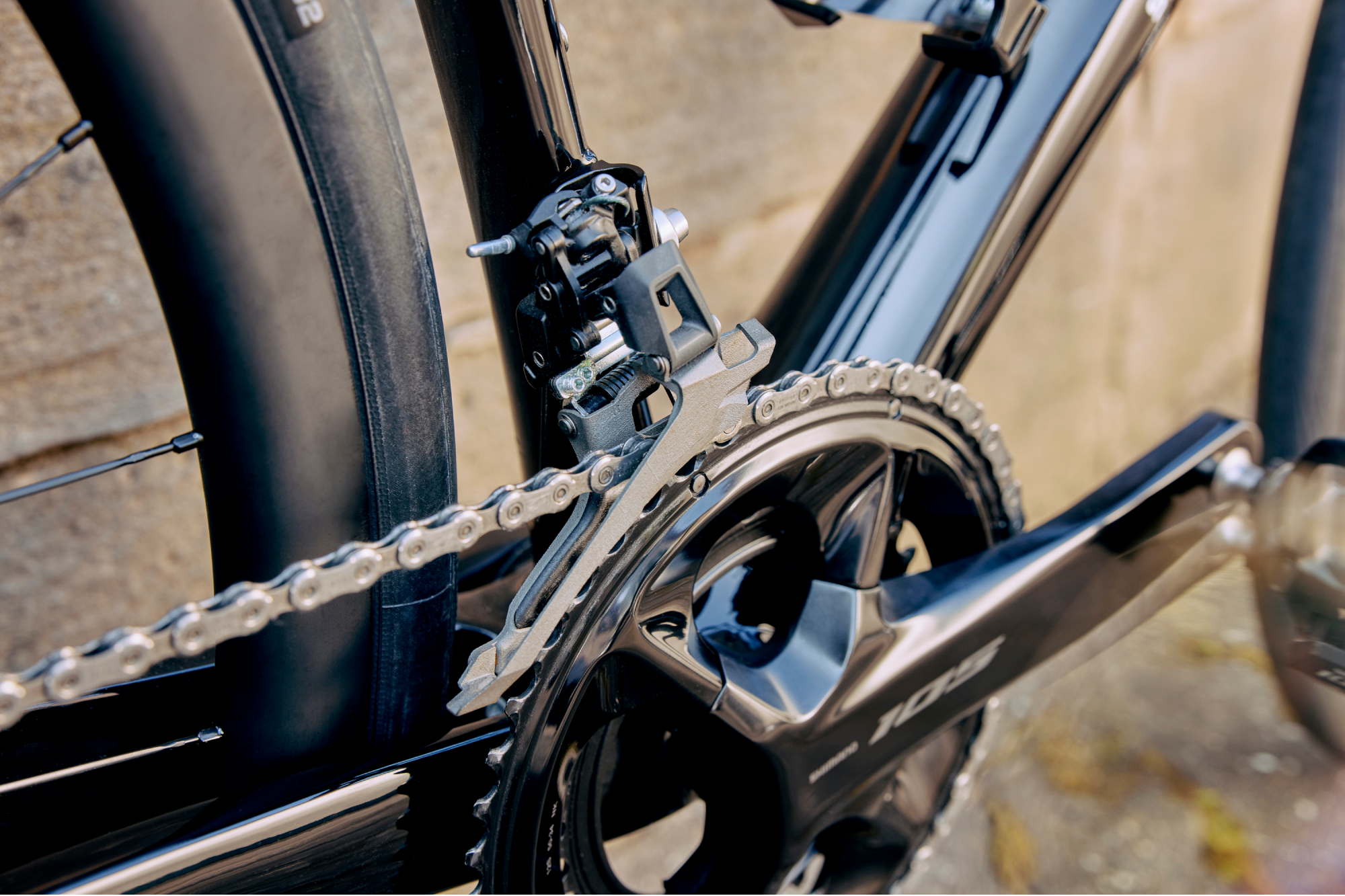
2. Repairability
Of course, a mechanical mech can simply break just the same as an electronic mech - but there are fewer ways for a mechanical mech to go wrong. Plus, when something does go wrong, there’s (usually) more recourse to fixing it in various inventive ways. If something goes wrong with the electronics, there’s generally not much you can do.
Ease of troubleshooting and scope for repair aside, I don’t know about you, but there’s something particularly frustrating about the failure of electrical items compared with a straight up mechanical failure. If a piece of metal shears on a mechanical derailleur and there’s no recourse to repair, that’s much easier to accept (for me at least!) than a software malfunction and the mech packing in that way. Plus, mechanical components are unanimously cheaper to replace...
3. Price
I’m keeping this entirely separate, as I think that the other two considerations hold up on their own. But the high price of electronic shifting is still a consideration - both for the stock bike and for any repairs or upgrades down the line. Generally, you’ll have a fixed budget for a new road bike, and splashing out on more expensive shifting will mean sacrifices in other areas - and to little gain, if you don’t mind replacing cables and don’t care about satellite shifting or data analysis.
The bottom line for me: Mechanical vs Electronic
Personally, although I can fully see the place of electronic shifting in particular use cases, that almost directly hits the nail on the head. Those use cases are quite limited: I’d take electronic shifting on a race bike that’s hard to recable, and if I thought I was going to use aero bars, I’d also take electronic shifting.
After that, though, I’m all for mechanical. I really like the simplicity, robustness, and just not the extra paraphernalia of electronic. And, going mechanical leaves cash in the wallet for arguably more impactful upgrades.
I would certainly consider it a loss for cycling if mechanical groupsets were to recede into a state of obscurity. So, what have the groupset giants got planned for their future?
Does mechanical shifting have a future?
Despite the recent launches of mechanical groupsets from both road bike groupset giants SRAM and Shimano, it’s hard to escape the sinking feeling (for those with a penchant for cable shifting!) that neither cares much about the tech.
With the flagship and second tier groupsets from both brands each eschewing mechanical shifting in favor of electronic shifting, you get the sense that it’s only a matter of time before cables are confined to the lowest tier and least performance-oriented groupsets.
But that in itself presents quite a conundrum for the brands whilst this process is ongoing - just how to generate hype about mechanical when it’s conspicuously absent from the top end? Surely that ends up in some form of contradiction?
I put the question to Shimano Europe's PR and Communications manager, Jonathan Davis, and his answers were quite instructive as to how Shimano views its 105 groupset - the place they see it within the range might be quite different to what you assumed…
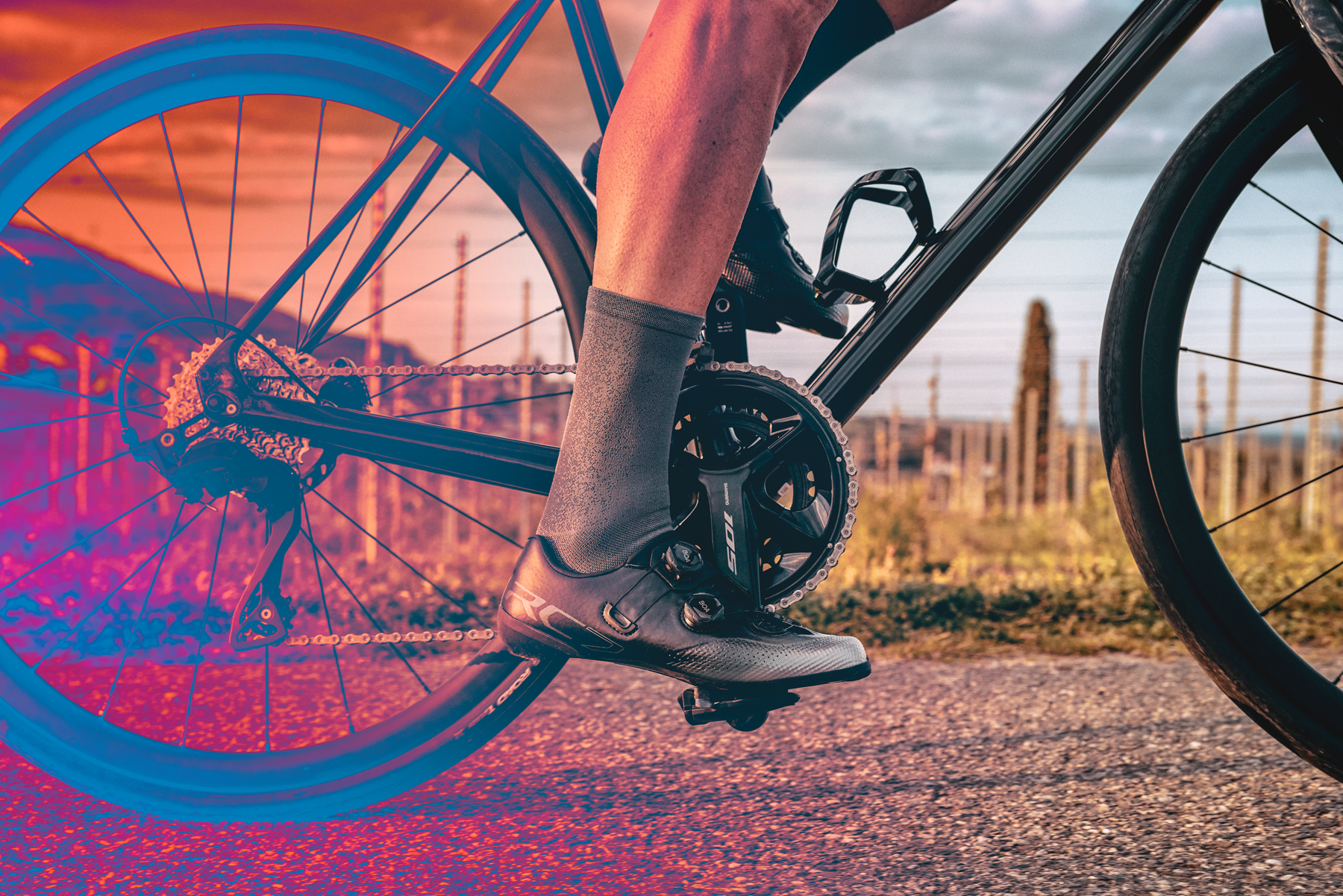
Is mechanical shifting just a ‘price-point’ technology?
Not mincing any words, I put the question straight to Davis - with Shimano having dropped mechanical shifting from its Ultegra and Dura-Ace groupsets, does that mean mechanical shifting is essentially just a ‘price-point’ technology, to be kept to the lower groupset tiers as everything goes to electronic?
“I would say certainly not,” Davis countered, “we’re not just trying to provide cheaper setups with mechanical versions, what we’re really trying to do is spread out the range and diversity of our groupsets to the widest group of riders possible.
“For example, just as some riders prefer steel frames over carbon frames, there’s always going to be riders who prefer mechanical over electronic shifting.”
“In a lot of cases, whether you’re out training for a big event, or if you’re doing some post-work rides to clear your mind, you just want to be able to hop on your bike and know it’s gonna go. You’re not going to have to think about charging levels, batteries or anything else.”
It seems that, just as there are still many, many premium steel frameset manufacturers out there, servicing the enthusiast market which has concerns beyond just raw speed, Shimano (currently) sees mechanical occupying a similar kind of position within the market.
Why don’t the top groupsets have mechanical?
But why, then, only provide mechanical shifting at 105 level, and below? If the technology has its own benefits over those of electronic shifting, surely it would be equally worth offering that for the Ultegra and Dura-Ace groupsets?
If we take the analogy a little further with steel frames versus carbon, despite steel not being used in the World Tour, that doesn’t mean that top end componentry shouldn’t or can’t be specced on those framesets. Equally, why not make mechanical groupsets to the specification and standards of, at least, Ultegra?
“I think the benefits of electronic shifting are pretty clear,” Davis argued “You have faster shifters and shifting response. The depressing action of the Di2 levers is shorter and there’s no long lever movement to shift all the cables. There’s also no maintenance of any of the inner or outer cables and, also, I think it cleans up the cockpits very nicely when you have electronic shifting, so it’s easier to install in some cases.”

It seems that Shimano doesn’t believe that mechanical offers the necessary performance for racing and competitive applications. Rather, “mechanical is harking back to what we’ve always done best in terms of our history,” Davis continued, “and that’s producing reliable quality mechanical parts. If you’re out training for a big event or wanting to do post-work rides to clear the head, mechanical is perfect.”
Back in 2020, when Dura-Ace, Ultegra and 105 were all 11-speed and all offered mechanical versions, it was easy to think of Shimano’s groupset array as a simple hierarchy. The very lightest up there at the top and steadily getting heavier on the way down - but all still geared towards a similar purpose.
The introduction of 12-speed mechanical for 105 can perhaps most helpfully be viewed as a shift in paradigm - back towards utility and a little further away from racing applications. It might be helpful to not think of Shimano’s groupsets necessarily as just one simple hierarchy, but rather different branches spanning out in different directions. I think that as Shimano Cues - the new mid-range selection that replaces Tiagra, Sora and Claris - becomes more established in its groupset line-up, that way of conceptualizing the range will become ever more helpful.
Are there any riders choosing mechanical over Di2?
Perhaps the ultimate validation of mechanical would be to see Shimano sponsored athletes or ambassadors opting for the tech over even Di2 - has anyone made that request?
“To my knowledge, there’s been no sponsored athletes who have wanted to switch from a Di2 setup to a mechanical setup. But if any of our ambassadors wanted to try mechanical or make a switch because they have a certain challenge or event coming up, that would be a possibility, though.
“But I would put 105 more towards the utilitarian side. Some of the components of 105 mechanical have come down from 105 Di2. They’ve been made a little more robust, a little thicker and that has slightly increased the weight
“I wouldn’t rule out people swapping or changing parts - like an Ultegra crankset and cassette with 105 mechanical shifting - as people are always going to want to mix and match and add some customization to their ride. But, in my personal opinion, I don’t think you’re necessarily going to be mixing and matching a lot of Di2 componentry with 105 mechanical because the applications and purposes are so different.”
Will mechanical shifting be relegated to lower tier groupsets?
Still, coming back to my initial concern at the start, that this is only the thin end of the wedge and, although Shimano thinks there’s room within 105 to have a mechanical alternative now, will that continue to be the case? Will mechanical shifting be dropped from this level the next time the groupset is iterated?
“I’m afraid I’m going to have to keep you guessing,” Davis chuckled, “we can’t comment on future developments because we are always continually innovating and we’re listening to what our customers and the bike manufacturers want. If there’s a sudden influx of people wanting mechanical back at even Dura-Ace level, Shimano will sit up and listen - but I can’t comment or guarantee anything that might happen in the future.”

Thank you for reading 20 articles this month* Join now for unlimited access
Enjoy your first month for just £1 / $1 / €1
*Read 5 free articles per month without a subscription

Join now for unlimited access
Try first month for just £1 / $1 / €1
Get The Leadout Newsletter
The latest race content, interviews, features, reviews and expert buying guides, direct to your inbox!

After winning the 2019 National Single-Speed Cross-Country Mountain Biking Championships and claiming the plushie unicorn (true story), Stefan swapped the flat-bars for drop-bars and has never looked back.
Since then, he’s earnt his 2ⁿᵈ cat racing licence in his first season racing as a third, completed the South Downs Double in under 20 hours and Everested in under 12.
But his favourite rides are multiday bikepacking trips, with all the huge amount of cycling tech and long days spent exploring new roads and trails - as well as histories and cultures. Most recently, he’s spent two weeks riding from Budapest into the mountains of Slovakia.
Height: 177cm
Weight: 67–69kg
-
 'I'll take a top 10, that's alright in the end' - Fred Wright finishes best of British at Paris-Roubaix
'I'll take a top 10, that's alright in the end' - Fred Wright finishes best of British at Paris-RoubaixBahrain-Victorious rider came back from a mechanical on the Arenberg to place ninth
By Adam Becket Published
-
 'This is the furthest ride I've actually ever done' - Matthew Brennan lights up Paris-Roubaix at 19 years old
'This is the furthest ride I've actually ever done' - Matthew Brennan lights up Paris-Roubaix at 19 years oldThe day's youngest rider reflects on 'killer' Monument debut
By Tom Davidson Published